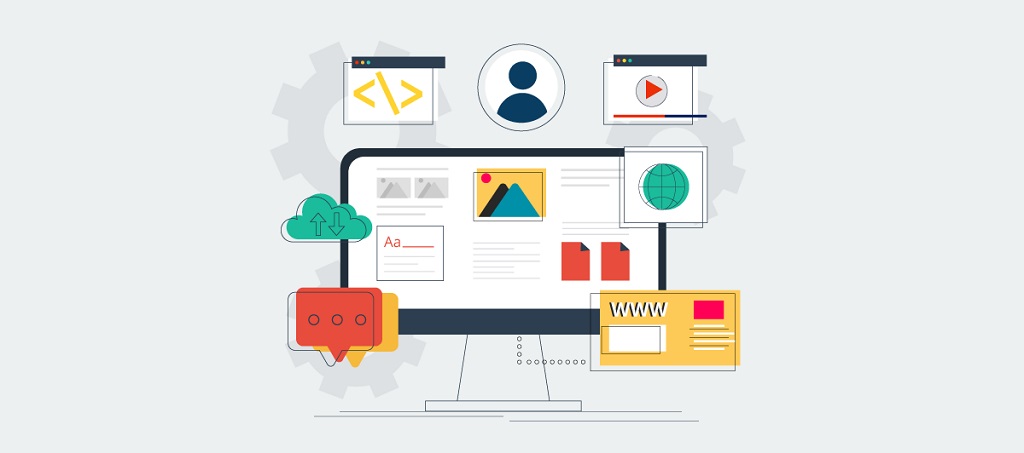
02 Aug Understanding Custom Web Application Development
Understanding custom web application development is essential because it enables businesses to automate processes and simplify internal workflows. It also offers better user experiences and increases productivity. Unlike traditional websites, custom web applications are built with business needs and work processes in mind. They are highly scalable and secure.
Security
Custom web application development involves creating software for an organization or a client according to their business requirements. It also includes understanding and optimizing these requirements. This is done under the supervision of project managers and customer representatives. This ensures that the customers can look at the application at each stage and make changes as needed. A reputable custom web application developer will create software that meets your business’s needs and offers multiple functionalities. They will customize it to your unique specifications to make it easy for your employees to use and understand. This will increase productivity, boost brand value, and improve profitability. A custom web application will save you money in the long run. It will eliminate the need for several spreadsheets, disorganized business reviews, and manual data entry. It will also save time, enhance accuracy, and enable you to run reports with the latest data. Moreover, your custom app will be more secure than commercial software because you won’t have to rely on third-party services to update it.
Customization
A custom web application is a software solution tailored to a specific business need. It can be a game-changer for businesses, as it can automate workflows and provide ultimate data security while growing with the company. It also enables companies to maximize technology investment using tools that users already know and understand. This saves time and money and allows for seamless integration with legacy systems. Another benefit of a custom web application is that it can be securely stored in the cloud, which protects sensitive information. This is a significant advantage over commercial apps, which can be easily stolen or lost. A custom web application can be built in various ways, including via open-source frameworks or by working with a freelance developer. However, it’s essential to consider your requirements and budget before choosing the best solution.
Scalability
A scalable web application is essential for any business to scale its operations. It allows companies to offer their services 24/7 without compromising the quality of the user experience or data availability. This enables businesses to expand their customer base and grow their profits. It also enables them to keep their data secure and compliant with industry regulations. The proper architectural pattern significantly impacts a web app’s scalability. Choosing exemplary architecture early on is essential to save time and money in the long run. A layered architecture, for example, is easier to scale than a monolithic one. A scalable web application uses caching, which stores frequently used data in a memory that constantly updates. This reduces the load on your central database and increases the speed of loading pages. It also makes your website more responsive and helps improve the customer’s experience.
Cost
Custom web applications are designed to meet the specific needs of your business. This allows them to grow as your company grows, avoiding the need for expensive and time-consuming upgrades. They also offer scalability and flexibility, essential for businesses operating on a tight budget. When it comes to developing a custom app, every detail counts. But this level of accuracy is often costly and can add weeks to the development timeline. You should choose third-party services that can be integrated quickly and efficiently into your app to save money. During this phase, which typically lasts one to four weeks, you will receive several documents outlining the application’s development process. These include a software requirements specification, business model canvas, risk mitigation plan, feature breakdown list, and project cost estimate.


